The veena, an ancient stringed instrument of India, resonates with more than just melodies—it carries the divine vibrations of Hindu mythology. Often referred to as the "Celestial String of the Gods," this instrument is deeply intertwined with spiritual narratives, artistic expression, and cultural identity. Its origins are shrouded in legend, its music said to mirror the cosmic harmony of the universe. To pluck its strings is to invoke the sacred, to touch the very fabric of creation.
According to Hindu mythology, the veena was not merely crafted by human hands but bestowed upon the world by the gods themselves. The goddess Saraswati, the embodiment of wisdom, arts, and learning, is often depicted holding the veena. Her fingers, eternally poised above the strings, symbolize the unbroken connection between divinity and creativity. It is said that when she plays, the universe listens—the rhythms of her music aligning the cycles of time and space. The veena, in her hands, becomes a conduit for divine knowledge, a tool through which the secrets of existence are revealed.
The instrument’s design is itself a reflection of sacred geometry. The resonating body, shaped like the gourd of the universe, echoes the primordial sound of Om, the vibrational essence of all reality. The frets, meticulously placed, represent the precise order of cosmic law. Even the strings are symbolic—traditionally made of seven strands, they correspond to the seven chakras, the energy centers within the human body. To master the veena is to embark on a spiritual journey, one that harmonizes the self with the infinite.
Legends speak of sages and celestial beings who wielded the veena’s power. Narada, the divine sage and eternal wanderer, is often portrayed with his mahati veena, an instrument capable of summoning gods and bending reality. His music was not mere entertainment but a force of transformation, capable of healing, enlightening, and even cursing. In the great epics, the veena appears as a bridge between mortal and divine realms, its notes carrying prayers to the heavens and blessings back to earth.
Yet the veena is not confined to myth alone. For centuries, it has been the cornerstone of Indian classical music, its intricate melodies shaping the ragas that define the genre. Masters like Muthuswami Dikshitar and Veena Dhanammal elevated its status, proving that the instrument’s magic was not just the stuff of legends but a living, breathing art form. Even today, the veena’s haunting tones evoke a sense of timelessness, as if each performance is a fleeting glimpse into the eternal.
To hear the veena is to witness a dialogue between the earthly and the divine. Its strings do not merely produce sound—they channel the voice of the cosmos, a reminder that music, in its purest form, is a sacred act. Whether in the hands of a goddess, a sage, or a modern musician, the veena remains what it has always been: the celestial string that binds heaven and earth.
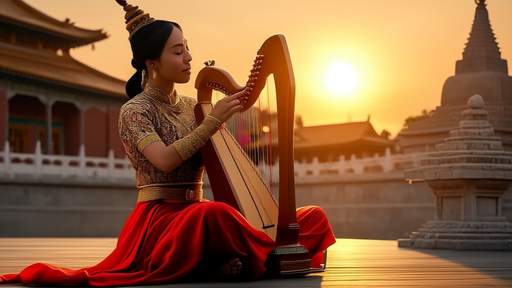
By /Jun 6, 2025

By /Jun 6, 2025
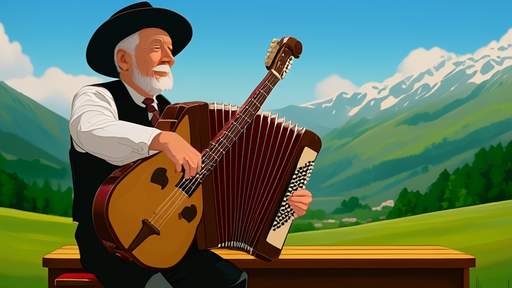
By /Jun 6, 2025

By /Jun 6, 2025

By /Jun 6, 2025
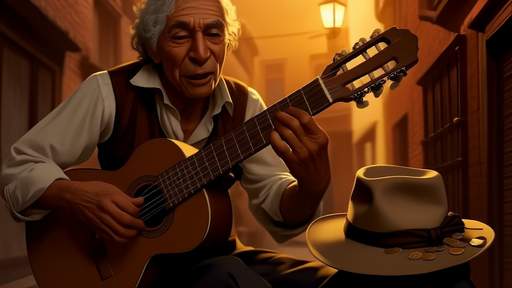
By /Jun 6, 2025
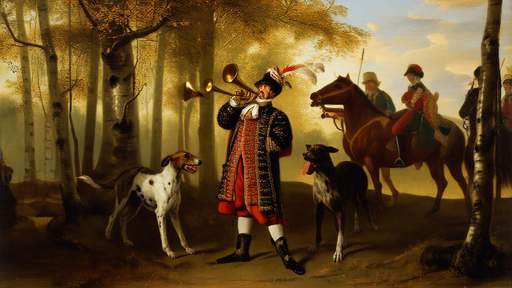
By /Jun 6, 2025
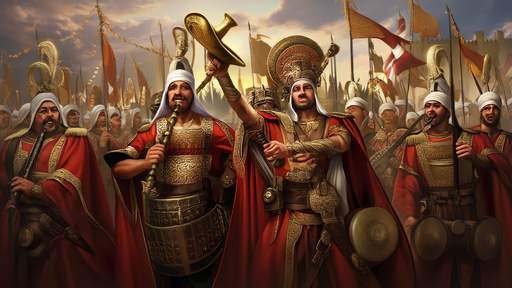
By /Jun 6, 2025
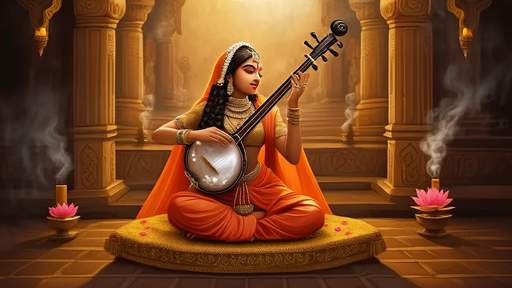
By /Jun 6, 2025
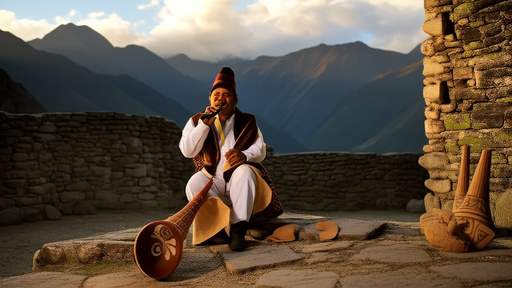
By /Jun 6, 2025

By /Jun 6, 2025

By /Jun 6, 2025
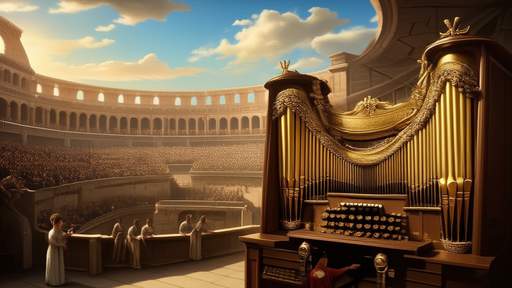
By /Jun 6, 2025

By /Jun 6, 2025
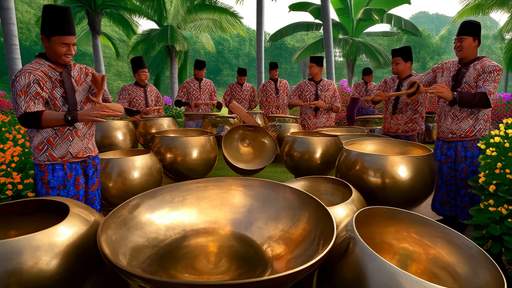
By /Jun 6, 2025

By /Jun 6, 2025
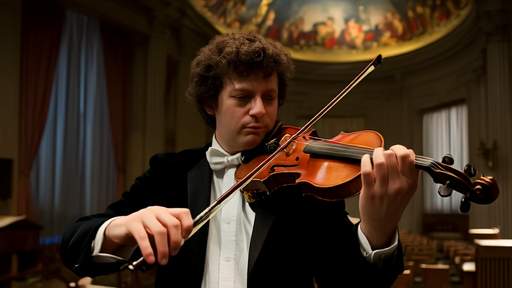
By /Jun 6, 2025

By /Jun 6, 2025
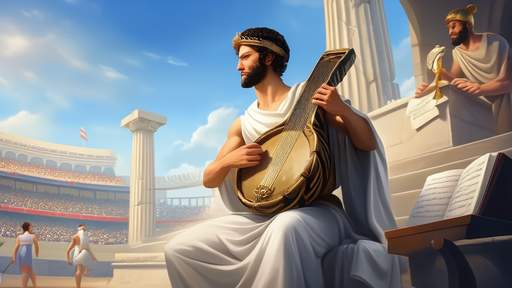
By /Jun 6, 2025
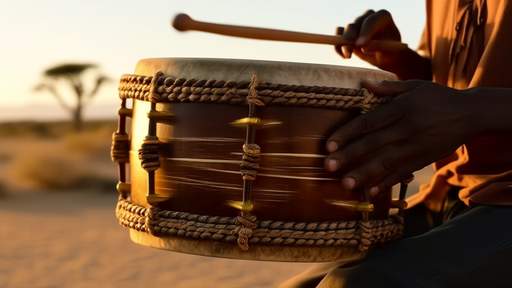
By /Jun 6, 2025